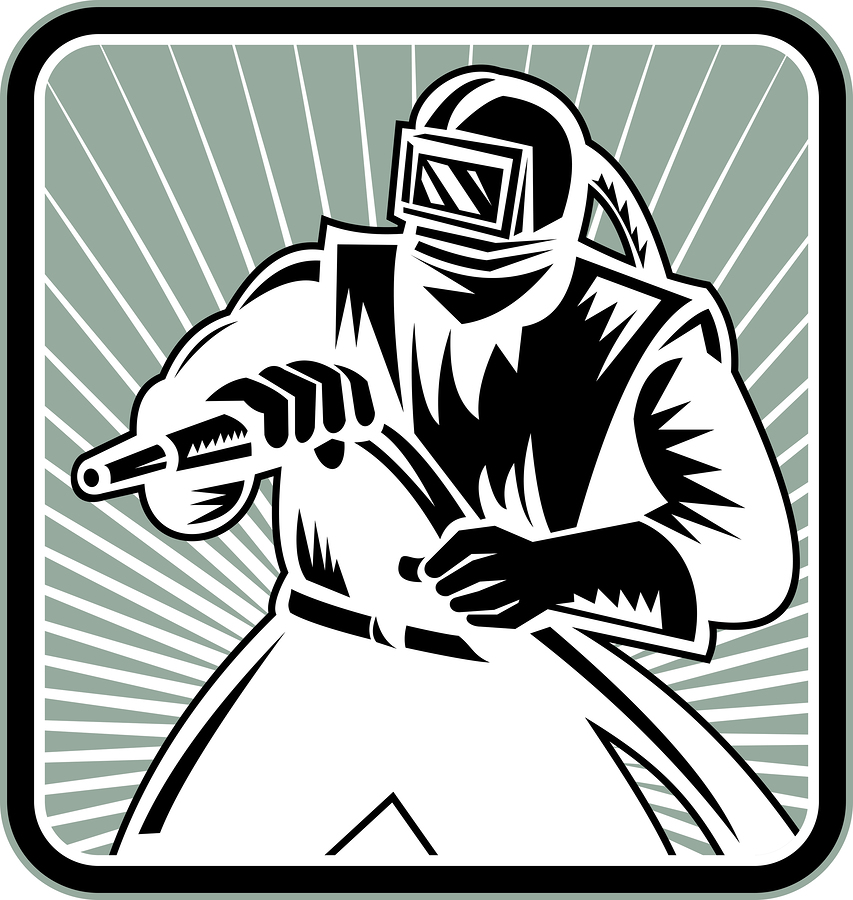Part 2 – Protecting Workers
Each abrasive blasting operation is unique, involving different surfaces, coatings, blast material, and working conditions. Before beginning work, employers should identify the hazards and assign a knowledgeable person trained to recognize hazards and with the authority to quickly take corrective action to eliminate them. Use engineering and administrative controls, personal protective equipment (PPE), including respiratory protection, and training to protect workers involved in abrasive blasting activities. Engineering controls, such as substitution, isolation, containment, and ventilation are the primary means of preventing or reducing exposures to airborne hazards during abrasive blasting operations. Administrative controls, including the use of good work and personal hygiene practices, can also reduce exposure. When engineering and administrative controls cannot keep exposures to hazardous materials below OSHA permissible exposure limits, respiratory protection must be used.
Engineering Controls
- Substitution. Use a less toxic abrasive blasting material. Use abrasives that can be delivered with water (slurry) to reduce dust.
- Isolation and Containment. Use barriers and curtain walls to isolate the blasting operation from other workers. Use blast rooms or blast cabinets for smaller operations. Use restricted areas for non-enclosed blasting operations. Keep coworkers away from the blaster.
- Ventilation. Use exhaust ventilation systems in containment structures to capture dust.
Respiratory Protection – An abrasive-blasting respirator must cover the wearer’s head, neck, and shoulders to protect the wearer from rebounding abrasive. Workers must use only respirators approved by NIOSH to provide protection from dusts produced during abrasive-blasting operations. Type CE NIOSH-certified blasting airline respirator with positive pressure blasting helmet. Support personnel involved in cleanup and other related activities may also need respiratory protection.
Personal Protective Equipment – Hearing protection, eye and face protection, helmet, leather gloves that protect to full forearm and aprons (or coveralls), safety shoes or boots.
Prior to Beginning Work – As a general rule always remember to:
- A trained and knowledgeable person must inspect blasting site for hazards and must determine corrective action.
- Do not eat, drink, or smoke in blasting areas.
- Employers must provide a wash area for workers to clean their hands before eating.
- Use HEPA filter vacuums to minimize dust.
- Manage blast time when a smaller number of workers are at the site.
- Clean and inspect equipment regularly.
- Do not conduct blasting operations in bad weather.
- Have visible warning signs at hazardous areas.
- Have an abrasive blasting safety check list.
- Manage waste materials according to OSHA requirements.
- Train all employees on abrasive blasting procedures and safety practices.
Can anyone share a story while working around abrasive blasting? If so, what was it like?
By: Paul Taulbee
